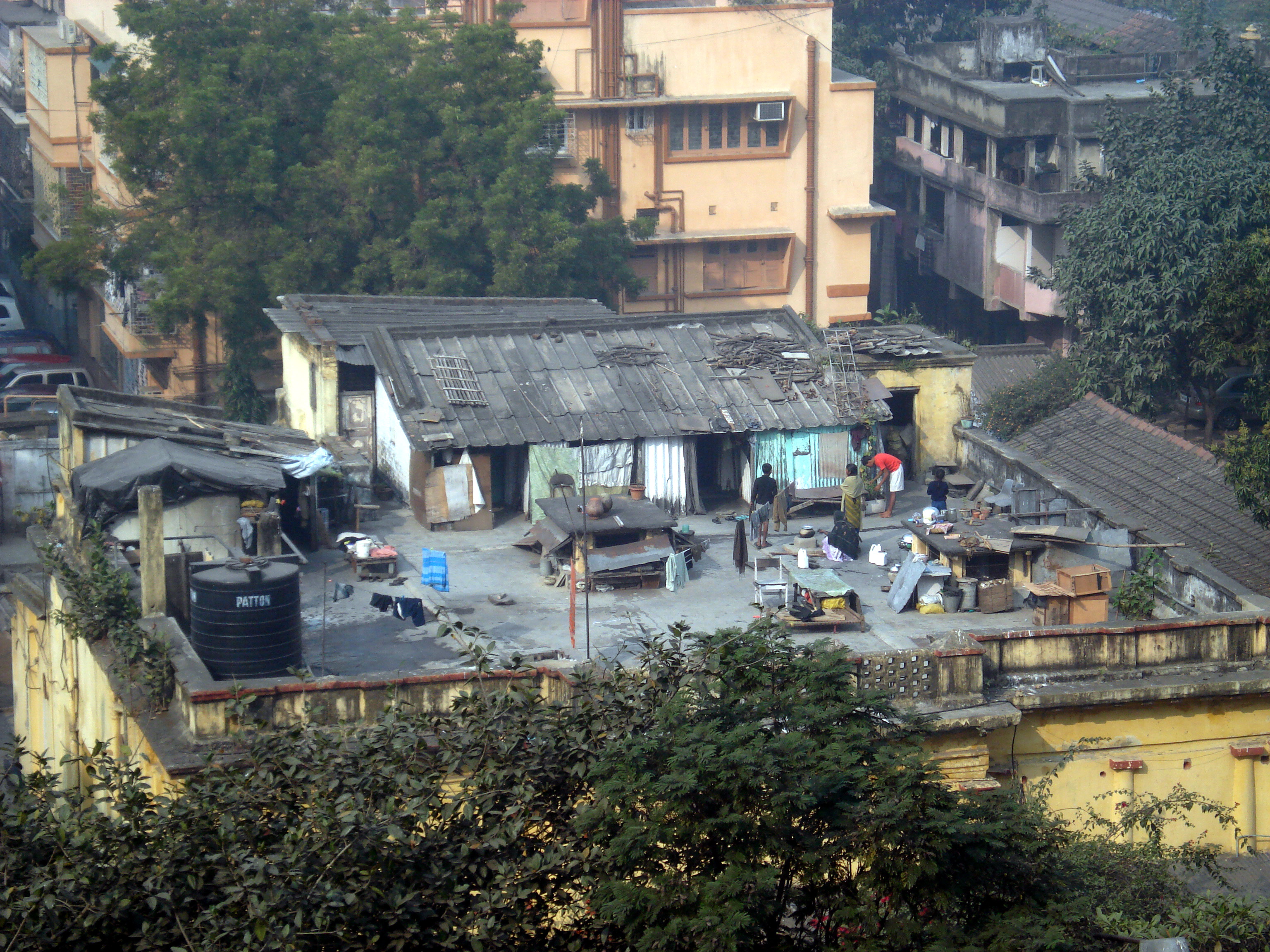Informal housing settlement in Kolkata, India
Copyright© Surat Lozowick, via flickr, CC BY-NC-SA 2.0
Social situation Extreme wealth and extreme poverty
Fourteen per cent of the Indian population is malnourished or undernourished. Almost one in three children under the age of five is stunted as a result of chronic malnutrition. This not only impacts their personal development opportunities, but also has severe consequences for the country’s economy and society. Child mortality in India is at a similar level to its neighbours Nepal and Bangladesh, both of which are counted among the world’s least developed countries (LDCs).
Public spending on education and health is still insufficient to meet the needs of the entire population. The quality of the services offered is often still inadequate. Despite impressive expansion, the country’s infrastructure remains inadequate: a large proportion of the population has only inadequate access to clean drinking water, sanitation, decent housing, waste disposal and transport. For example, over 20 per cent of India’s people do not have their own toilet. Of the country’s 520 million urban residents, around half live in slums with correspondingly poor infrastructure and services.
Great need for jobs
India’s population has almost doubled over a period of 40 years. About a quarter of the population is under 15, and nearly 40 per cent is under 25. This demographic development offers huge opportunities for economic growth and increased incomes – but only if India succeeds in making use of this potential by providing more education and more employment (see also: Economic situation).
The official unemployment rate is 4.2 per cent, but hundreds of millions of people are considered underemployed. Around 90 per cent of employees work in the informal sector, meaning that they have no legal or social protection. There is also a lack of high-quality vocational training programmes that are accessible for all population groups and also have social recognition.
As at: 03/09/2024
